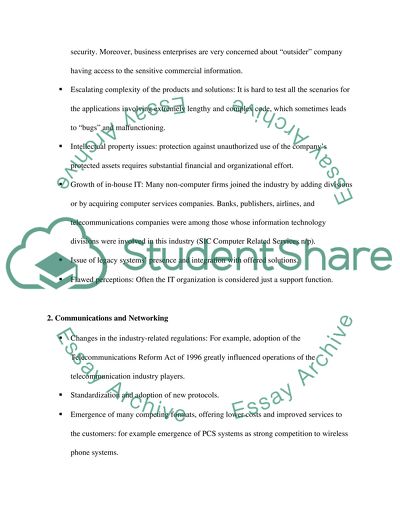Cite this document
(“Risk Factors and Challenges in the Technology Industry Essay”, n.d.)
Risk Factors and Challenges in the Technology Industry Essay. Retrieved from https://studentshare.org/miscellaneous/1519783-risk-factors-and-challenges-in-the-technology-industry
Risk Factors and Challenges in the Technology Industry Essay. Retrieved from https://studentshare.org/miscellaneous/1519783-risk-factors-and-challenges-in-the-technology-industry
(Risk Factors and Challenges in the Technology Industry Essay)
Risk Factors and Challenges in the Technology Industry Essay. https://studentshare.org/miscellaneous/1519783-risk-factors-and-challenges-in-the-technology-industry.
Risk Factors and Challenges in the Technology Industry Essay. https://studentshare.org/miscellaneous/1519783-risk-factors-and-challenges-in-the-technology-industry.
“Risk Factors and Challenges in the Technology Industry Essay”, n.d. https://studentshare.org/miscellaneous/1519783-risk-factors-and-challenges-in-the-technology-industry.


